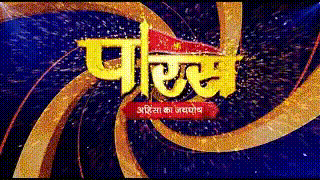




Jainism promotes non-theistic aspects, advocating no belief in a creator god. It states that karma directs the present life and future incarnations of an individual, and the higher beings have no power over an individual. The name Jainism came from Jiva (life force or soul) as it teaches that all living beings have an immortal soul and one’s soul can be liberated from earthly sufferings through self-discipline. This ancient religious tradition originated in Northern India, and extended to the South. The sage Vardhamana, also known as Mahavira is the 24th Tirthankara of Jainism. Jains believe that their precepts have always existed, recognized by sages down through time, and be established finally by Mahavira in its recent form.
The most significant mantra
While talking about Jain arti, we must mention the ‘Namokar’ mantra which is the most important mantra in Jain tradition. It does not refer to any specific names of the gods or any particular individual. The prayer is dedicated towards the good qualities or the guna of the gods, teachers, saints, and individuals. Every Jain learns this mantra as the first prayer. One can recite this mantra anytime they need strength and confidence.
Attain moksha
In Jainism, it is up to a person to acquire moksha- considered as release from the birth and death cycle by complying with a strict spiritual as well as ethical code of behavior. This code is structured based on five vows that Jains make Ahimsa, Satya, Asteya, Brahmacharya, and Aparigraha. If you are interested in exploring Jain philosophy, you can read books on this subject, and can listen to Praman sagar ji.